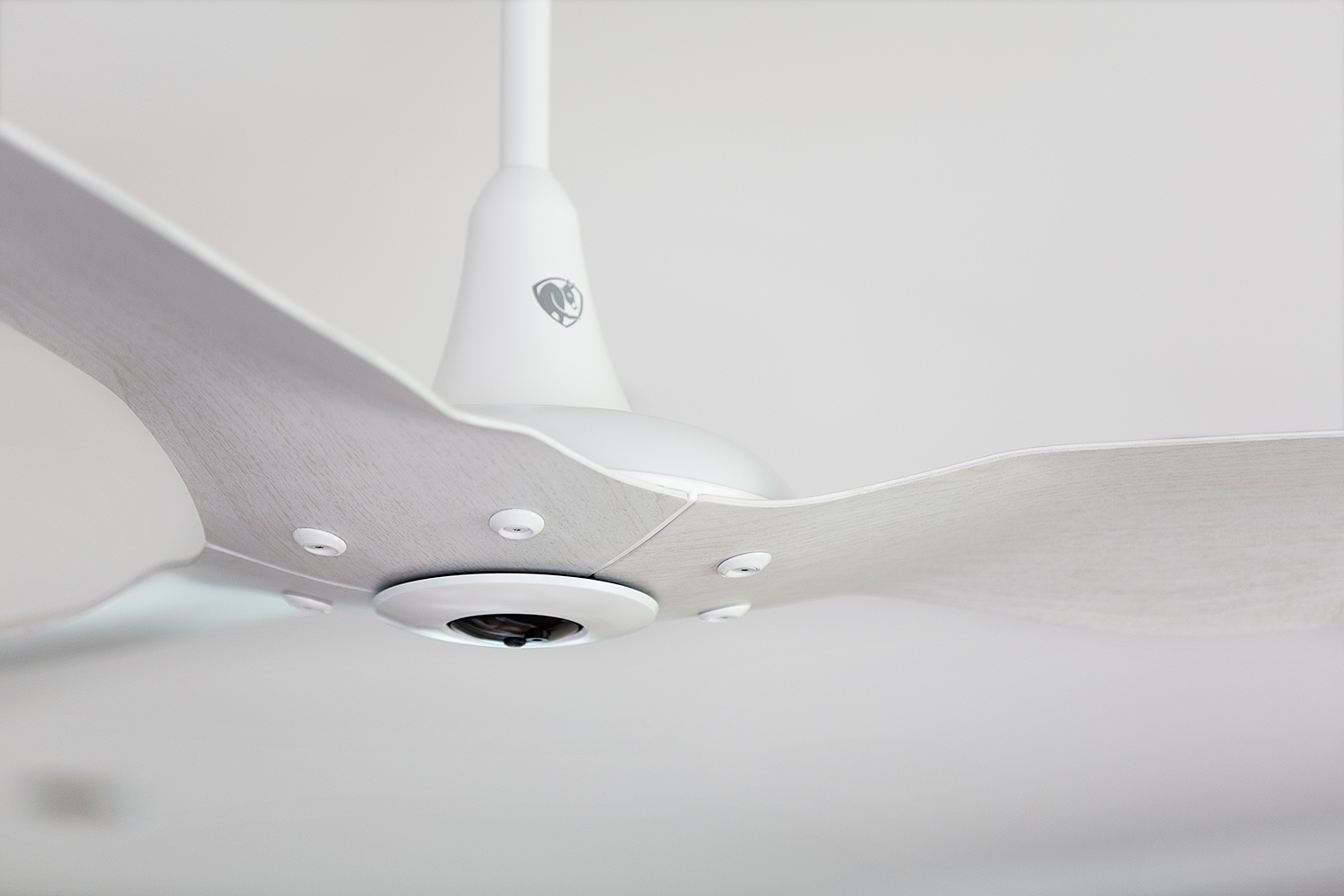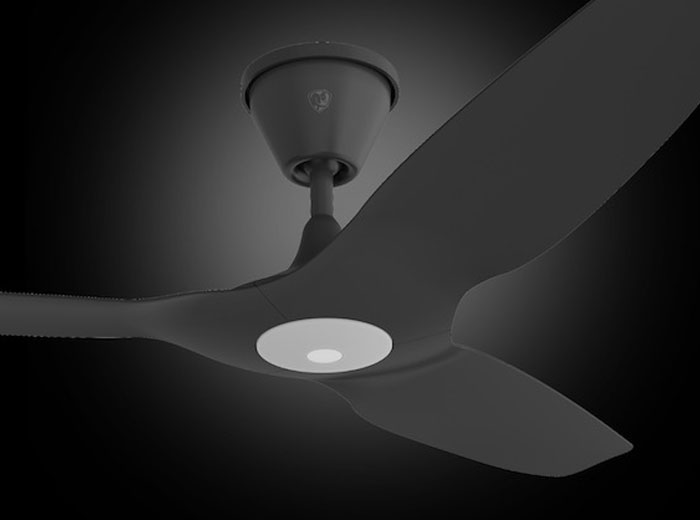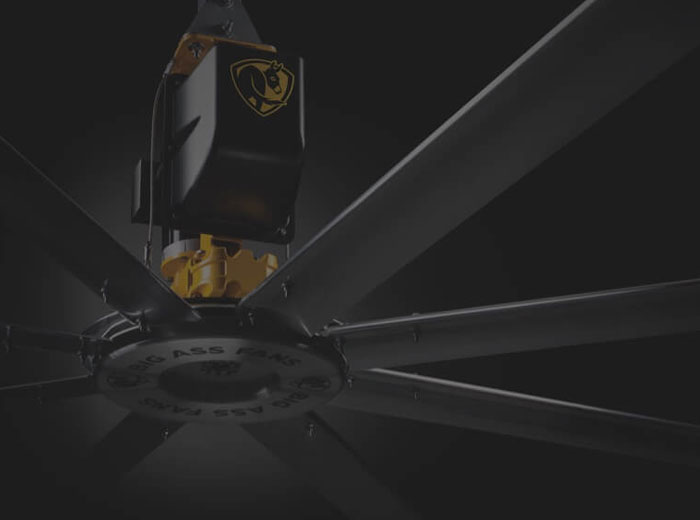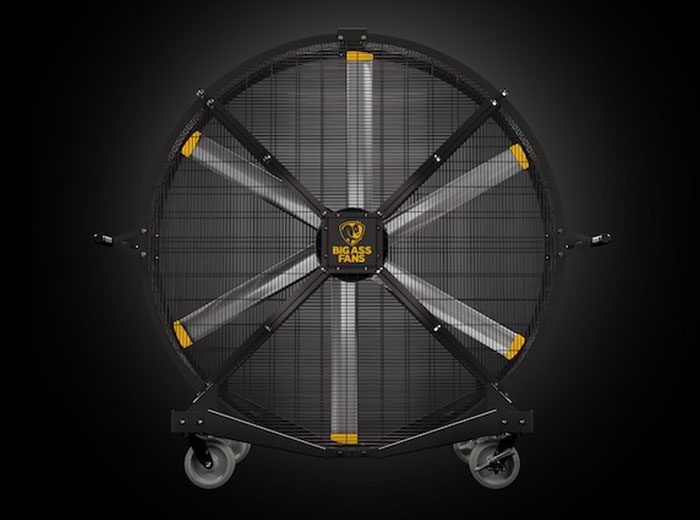Don’t Let Hybrid Cooling Backfire
Hybrid cooling is quickly becoming the go-to solution for commercial spaces in Singapore. By pairing HVLS fans with air conditioning, businesses can achieve improved comfort, energy savings, and better airflow.
However, like any technology, hybrid cooling only delivers its full benefits when implemented correctly. Poor planning, incorrect installation, or misuse can reduce energy efficiency, create hot spots, or increase costs.
In this guide, we explore common mistakes businesses make with hybrid cooling and how to avoid them, ensuring your office, gym, retail store, or co-working space stays cool, comfortable, and cost-effective. For expert guidance, visit Big Ass Fans Singapore.
Mistake 1: Overlooking Space Layout and Ceiling Height
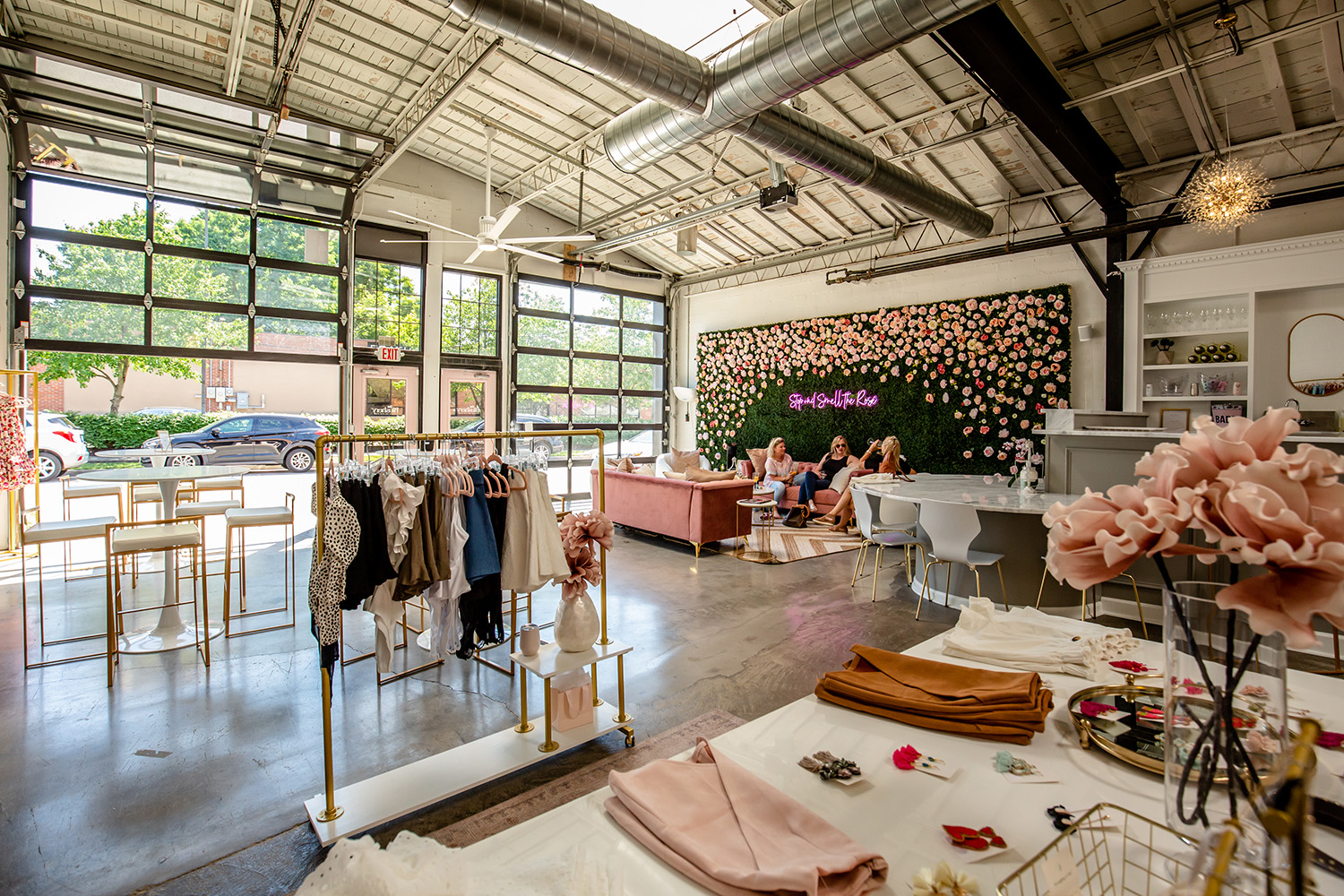
Not all spaces are created equal. Open-plan offices, warehouses, gyms, and retail stores have different ceiling heights, room volumes, and layouts. Installing fans without considering these factors can result in uneven airflow, hot spots, or areas where AC efficiency is reduced.
Tip: Conduct a professional assessment of your space. Proper fan placement, rotation speed, and orientation ensure maximum airflow and consistent comfort across the entire area.
Mistake 2: Relying too much on AC alone
A frequent mistake in commercial cooling setups is treating the approach as simply “commercial fans + AC”, but keeping the AC set‑up exactly the same as before. Many businesses keep air‑conditioning units at the same temperature and operation mode, which significantly limits the energy savings and performance gains of a true hybrid cooling system.
Tip: Integrate your commercial fans with the AC system for a coordinated approach. High‑volume low‑speed (HVLS) fans or large commercial ceiling fans circulate air effectively throughout the space, allowing you to raise the AC set‑point (for example, closer to the Go 25 target of ~25 °C) while still maintaining occupant comfort.
The newly published TR 141:2025 technical reference provides guidance for selection, layout, controls and maintenance of hybrid cooling systems, combining large‑fan airflow with air‑conditioning systems in commercial buildings. The Go 25 movement further supports this approach by encouraging indoor spaces to adopt higher AC temperature set‑points and use complementary solutions such as fans to sustain comfort.
By using your commercial fans strategically, you can:
- Enable a higher AC thermostat set‑point without compromising comfort.
- Reduce energy consumption and extend the life of your AC system.
- Align with Singapore’s sustainability targets (via Go 25) and recommended best practice (via TR 141:2025).
Mistake 3: Choosing the Wrong Fan Size or Model
Selecting the wrong fan size is another frequent error. Fans that are too small won’t distribute air properly, while oversized fans can create excessive noise, increased energy use, or installation challenges.
Tip: Choose a fan based on room volume, ceiling height, occupancy, and intended use. For guidance, explore our Commercial Fans to find models suited to your space.
Mistake 4: Ignoring Maintenance and Support

Hybrid cooling systems require regular maintenance to perform optimally. Ignoring routine checks can reduce airflow, increase energy bills, and shorten the system’s lifespan.
Tip: Work with certified local teams for scheduled maintenance, troubleshooting, and parts replacement. Businesses in Singapore can rely on local support for quick response times and minimal downtime.
Mistake 5: Not Considering Humidity and Climate Factors
Singapore’s humid climate can make indoor spaces feel warmer than the actual temperature. Fans alone may not reduce humidity, and improperly designed systems can leave areas feeling stuffy.
Tip: Design hybrid cooling systems with both air circulation and humidity management in mind. This ensures comfort throughout the day, prevents hot zones, and maintains a pleasant environment for staff and customers alike.
Mistake 6: Failing to Train Staff or Users
Even the best hybrid cooling system can underperform if users override controls or don’t know how to operate it efficiently. This is especially common in gyms, retail spaces, and offices with multiple zones.
Tip: Provide guidance for staff and facility managers. Training ensures everyone uses the system properly, maximising energy savings and comfort.
Mistake 7: Underestimating Installation Planning
Installation is more than placing fans and turning them on. Poor planning can disrupt business operations, affect aesthetics, or compromise airflow.
Tip: Schedule installation during off-peak hours and coordinate with certified local installers. Proper planning ensures the system is up and running quickly without interrupting daily operations.
Conclusion – Get Hybrid Cooling Right the First Time
Hybrid cooling is a powerful solution for Singapore’s commercial spaces, but only when done correctly. Avoiding common pitfalls ensures your business maximises energy efficiency, reduces costs, and keeps employees and customers comfortable.
From office floors to gyms and retail outlets, hybrid cooling can enhance productivity, customer satisfaction, and sustainability goals. Investing in the right design, installation, and ongoing maintenance is key to unlocking these benefits.
Consult our experts to design a hybrid cooling system that delivers consistent airflow, lower energy consumption, and optimal comfort.
FAQs
1. What are the most common mistakes with hybrid cooling in Singapore?
Ignoring layout, using incorrect fan sizes, poor integration with AC, lack of maintenance, and misusing controls are the main pitfalls.
2. How do I choose the right fan size for my commercial space?
Fan size depends on ceiling height, room volume, occupancy, and the type of space. Professional assessment ensures optimal performance.
3. Can hybrid cooling really reduce AC energy consumption?
Yes. Properly integrated fans allow AC units to run at higher temperatures while maintaining comfort, lowering electricity bills.
4. How often should hybrid cooling systems be maintained?
Regular maintenance is recommended every 6–12 months, depending on usage and environmental conditions, to ensure consistent airflow and energy efficiency.
5. Who can help optimise hybrid cooling for my office or retail space?
Certified installers and local support teams provide design guidance, installation, and ongoing maintenance.


